
Person From A “3rd World Country” Reveals How Working Conditions In The US Ruined His American Dream Completely
India is the seventh-largest and second-most populated country on the planet but due to high levels of poverty, corruption as well as pollution, gender inequality, and other problems, many consider it to be a part of the third world.
However, that doesn’t mean that all locals lead miserable lives.
A few days ago, a person who goes online by the nickname 3rdworldworker made a post on the popular r/AntiWork subreddit, claiming that this community has made the guy think his current job actually offers “infinitely better working conditions” than the average American has and even doubt his dream of moving to the United States.
His story has once again reignited talks about wages, employee exploitation, and what it actually means to have a decent living.
A 25-year-old Indian worker has confessed that he no longer dreams about moving to the United States
Image credits: Ninara
And said it’s all because of the subreddit r/AntiWork
Image credits: Michael Burrows (not the actual photo)
3rdworldworker definitely raises an important point. In 2019, almost half (47%) of Americans reported that the cost of living is the biggest threat to their financial security and long-term investments, according to TD Ameritrade’s financial disruptions survey, which polled over 1,000 U.S. adults with at least $10,000 in investable assets.
Almost just as many (44%) also feared the rising cost of health care.
Tom Butch, managing director of retail distribution at TD Ameritrade, toldCNBC Make It this shouldn’t come as a surprise. Health care, in particular, has had “high prominence and visibility” as a national issue for so long, which has spurred many concerns about its availability and relative cost.
Overall, Americans spend an average of about $5,000 a year on out-of-pocket health care costs, including insurance, prescriptions and medical supplies. That’s double the amount they paid in 1984.
His story inspired people to share their thoughts on the subject as well
Plenty of personal stories on r/AntiWork suggests that wages have not kept up with the cost of living in recent decades. And that’s true for many people. However, the numbers are more nuanced. As a 2018 Pew Research Center report noted, “today’s real average wage (that is, the wage after accounting for inflation) has about the same purchasing power it did 40 years ago.” But Pew also noted, “what wage gains there have been have mostly flowed to the highest-paid tier of workers.”
This is actually one of the reasons that fueled much of the recent activism in states and cities around raising minimum wages.
Average hourly earnings for non-management private-sector workers in July 2018 were $22.65. Year-over-year growth has mostly ranged between 2% and 3% since the beginning of 2013, but before the 2007-08 financial collapse, average hourly earnings often increased by around 4% year-over-year. And during the high-inflation years of the 1970s and early 1980s, average wages commonly jumped 7%, 8%, or even 9% year-over-year.
After adjusting for inflation, however, today’s average hourly wage has just about the same purchasing power it did in 1978, following a long slide in the 1980s and early 1990s and bumpy, inconsistent growth since then. Interestingly, in real terms, average hourly earnings peaked more than 45 years ago: the $4.03-an-hour rate recorded in January 1973 had the same purchasing power that $23.68 had in 2018.
So even though on paper, life is getting better, it’s actually true for just a handful of people. Since 2000, usual weekly wages have risen about 3% (in real terms) among workers in the lowest tenth of the earnings distribution and 4.3% among the lowest quarter. But among people in the top tenth of the distribution, real wages have risen a cumulative 15.7%, to $2,112 a week – nearly five times the usual weekly earnings of the bottom tenth ($426).
Even though it can vary widely by state, compared to the rest of the world, the cost of living is notoriously high in the US. (Some states, like New York, require $95,724 to live comfortably, while others, like Texas, need only $63,469.) But the median necessary living wage across the entire country is $67,690.
In India, it’s about $1,634. Which means that 3rdworldworker lives about the same as he would in the US if he made $1,088,000.
Some even pointed out OP is rich by India’s standards
65Kviews
Share on FacebookI live in India and he skipped all important facts. 1. Hygiene level, extremely low. 2. Pay way below than average American or European gets 3. Leaves are shown on paper but get opportunity to avail them rarely. 4. Insurance look good on paper but actually we have to pay almost 50% expenses. 5. Fruits and vegetables available are poor quality. 6. Houses are extremely small , which we can afford with the salary he have mentioned. 7. Education is extremely costly. 8. There are multiple other issues, such as elections, poverty, castism, mentality, marriage system, pressure to achieve things ate specific age. 9. for girls it tougher, everyone judges you by dress you are wearing, you have to llok modest, and modest girls are treated as boring, every girls should know cooking, she should be polite, it is not allowed to fight for out rights, marital rape is extremely common, marriage has to happen before 30, virginity should be intact till marriage. 10. Men cheat alot
Yeah this was a heavily biased take on matters. Plenty of desi people immigrate to the US and live very, very comfortable lives, and he would obviously be one of them with the job he does now. I don't know if he actually believes that one subreddit represents the entire US population or if he's just trying to be a contrarian for internet points.
Load More Replies...The thing is, whole swathes of USA basically is a third world country. As someone from the UK I never really appreciated this as I only ever visited convention centres in cities for my work. But one year I decided it would be fun to rent a car and do a 'road trip between two conventions which took me though bits of Georgia and Tennessee, and was amazed how universally horrible "small town" America was. Pitted roads, depressing towns seemingly made up of wooden shacks. It was properly scary how poor it was. I always thought "wrong side of the tracks" was a folksy old saying, but I realised it was true- you could go from slightly tired suburbia to proper shanty-town hell just by crossing a railroad crossing. Of course there's rough housing in the UK, but at least it's mainly HOUSING- you know- made out of bricks. But the sheer scale of settlement in the USA that's just trailers and wooden shacks truly shocked me.
Can confirm, brother did the same trip and says basically between the two coasts it's 3rd world, except I think he said Dallas.
Load More Replies...US is good at propaganda. In their movies you see everyone with a five bedroom house and two luxury SUVs. The reality is only the super rich on the coasts live like that. However, people think it is normal. In SA (my country), we have about 10m middle class people (about 17-20% of the population), who actually do have good lives - two cars, house, private schooling, etc. But nonetheless our people also have this delusion that the states is great. They go over there and sometimes come back when they find out that it's not. Every country has its problems, you have to decide which you can live with.
I live in India and he skipped all important facts. 1. Hygiene level, extremely low. 2. Pay way below than average American or European gets 3. Leaves are shown on paper but get opportunity to avail them rarely. 4. Insurance look good on paper but actually we have to pay almost 50% expenses. 5. Fruits and vegetables available are poor quality. 6. Houses are extremely small , which we can afford with the salary he have mentioned. 7. Education is extremely costly. 8. There are multiple other issues, such as elections, poverty, castism, mentality, marriage system, pressure to achieve things ate specific age. 9. for girls it tougher, everyone judges you by dress you are wearing, you have to llok modest, and modest girls are treated as boring, every girls should know cooking, she should be polite, it is not allowed to fight for out rights, marital rape is extremely common, marriage has to happen before 30, virginity should be intact till marriage. 10. Men cheat alot
Yeah this was a heavily biased take on matters. Plenty of desi people immigrate to the US and live very, very comfortable lives, and he would obviously be one of them with the job he does now. I don't know if he actually believes that one subreddit represents the entire US population or if he's just trying to be a contrarian for internet points.
Load More Replies...The thing is, whole swathes of USA basically is a third world country. As someone from the UK I never really appreciated this as I only ever visited convention centres in cities for my work. But one year I decided it would be fun to rent a car and do a 'road trip between two conventions which took me though bits of Georgia and Tennessee, and was amazed how universally horrible "small town" America was. Pitted roads, depressing towns seemingly made up of wooden shacks. It was properly scary how poor it was. I always thought "wrong side of the tracks" was a folksy old saying, but I realised it was true- you could go from slightly tired suburbia to proper shanty-town hell just by crossing a railroad crossing. Of course there's rough housing in the UK, but at least it's mainly HOUSING- you know- made out of bricks. But the sheer scale of settlement in the USA that's just trailers and wooden shacks truly shocked me.
Can confirm, brother did the same trip and says basically between the two coasts it's 3rd world, except I think he said Dallas.
Load More Replies...US is good at propaganda. In their movies you see everyone with a five bedroom house and two luxury SUVs. The reality is only the super rich on the coasts live like that. However, people think it is normal. In SA (my country), we have about 10m middle class people (about 17-20% of the population), who actually do have good lives - two cars, house, private schooling, etc. But nonetheless our people also have this delusion that the states is great. They go over there and sometimes come back when they find out that it's not. Every country has its problems, you have to decide which you can live with.

 Dark Mode
Dark Mode 

 No fees, cancel anytime
No fees, cancel anytime 






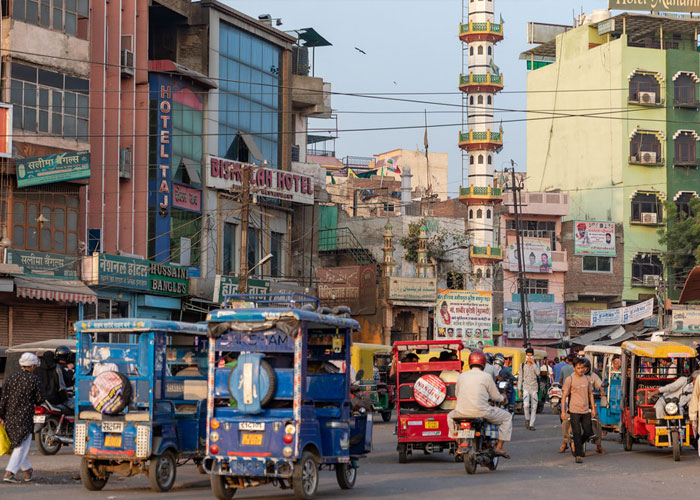
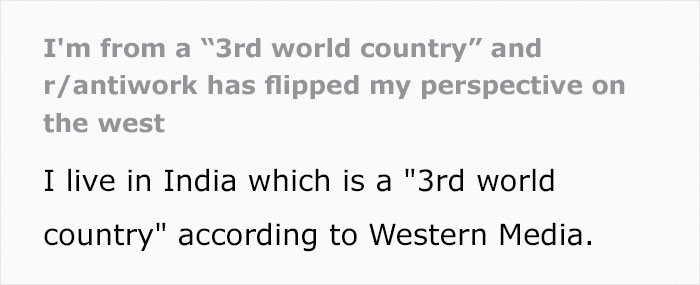
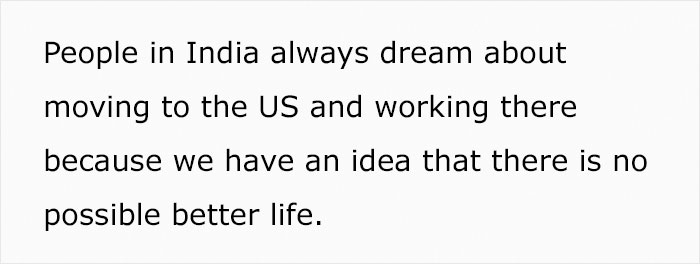

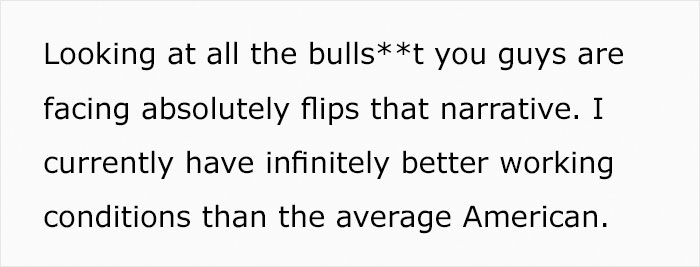

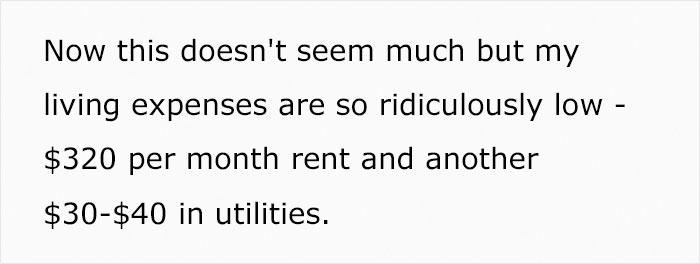
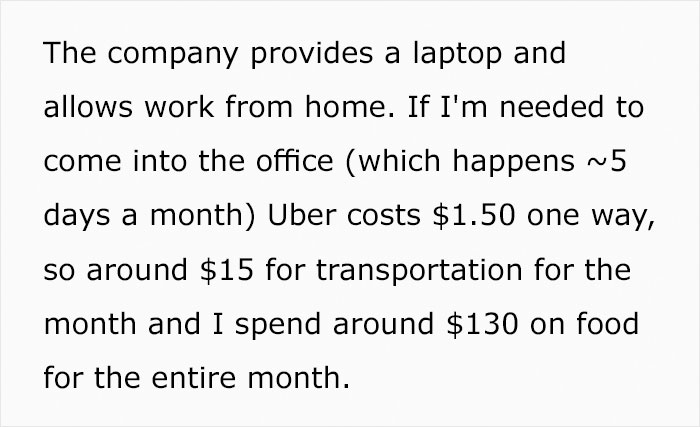

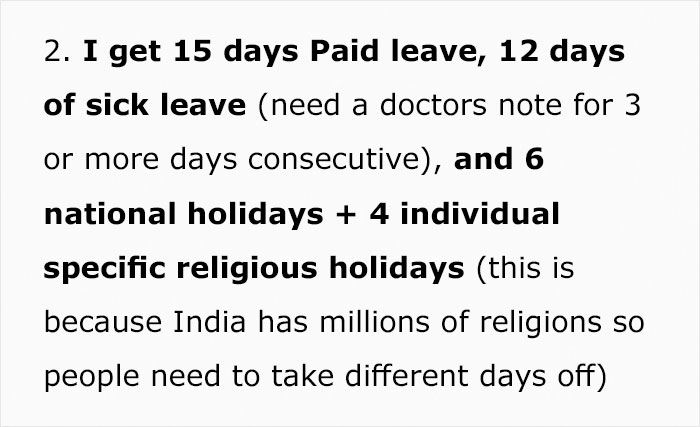






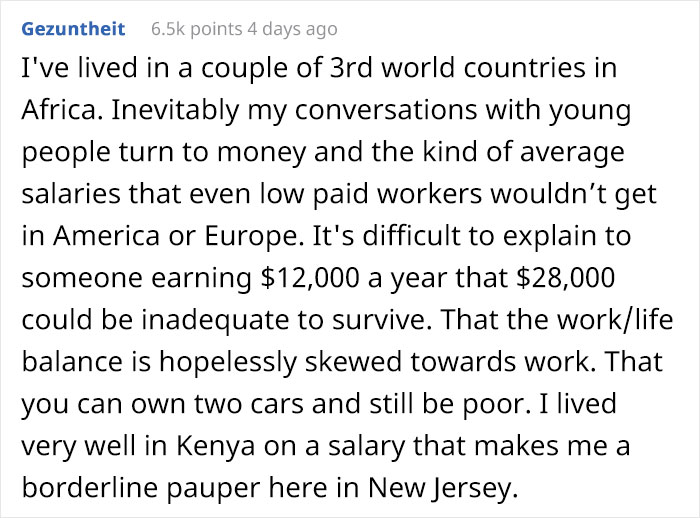
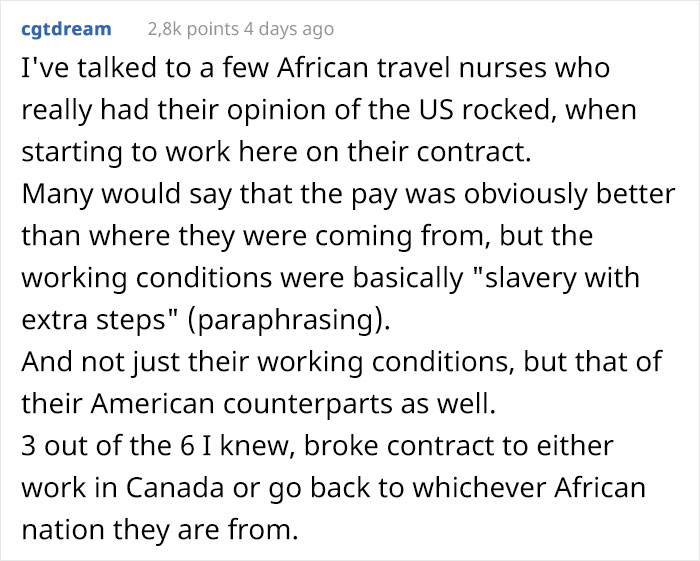


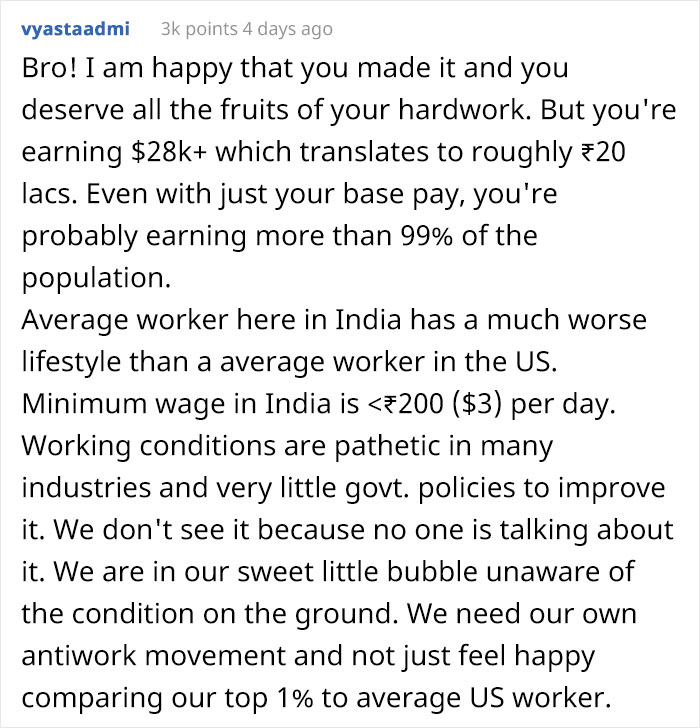
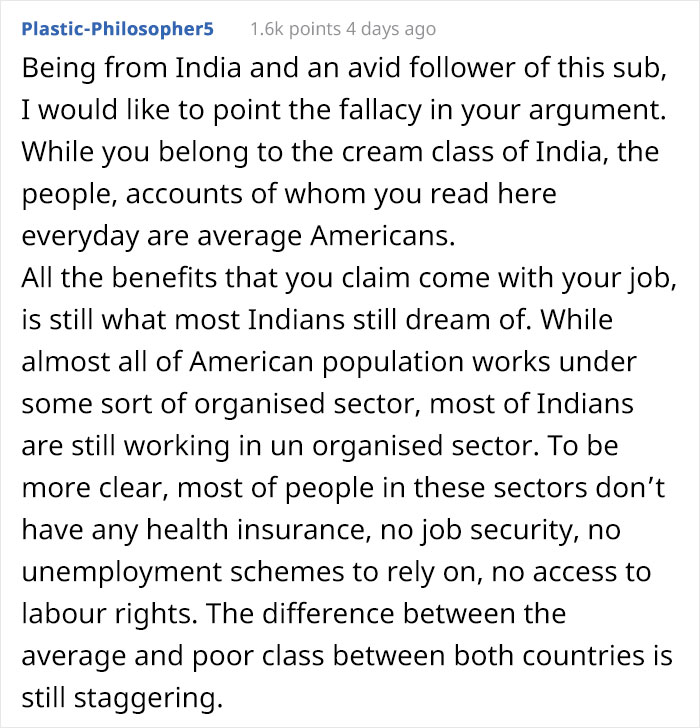
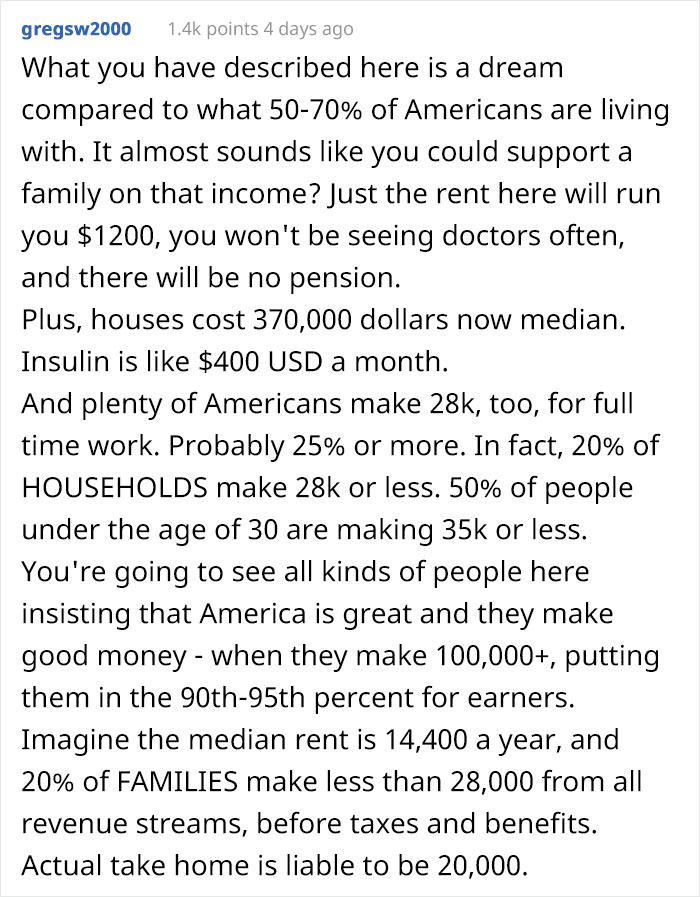

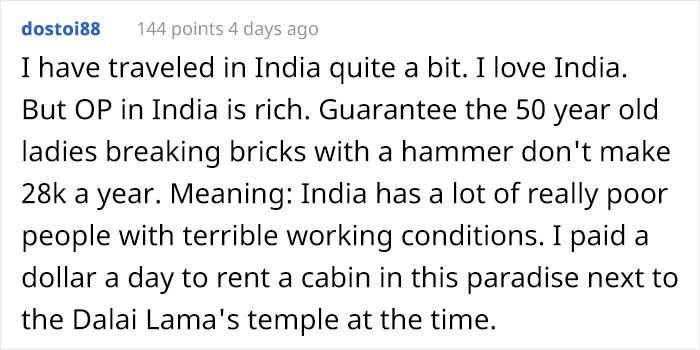
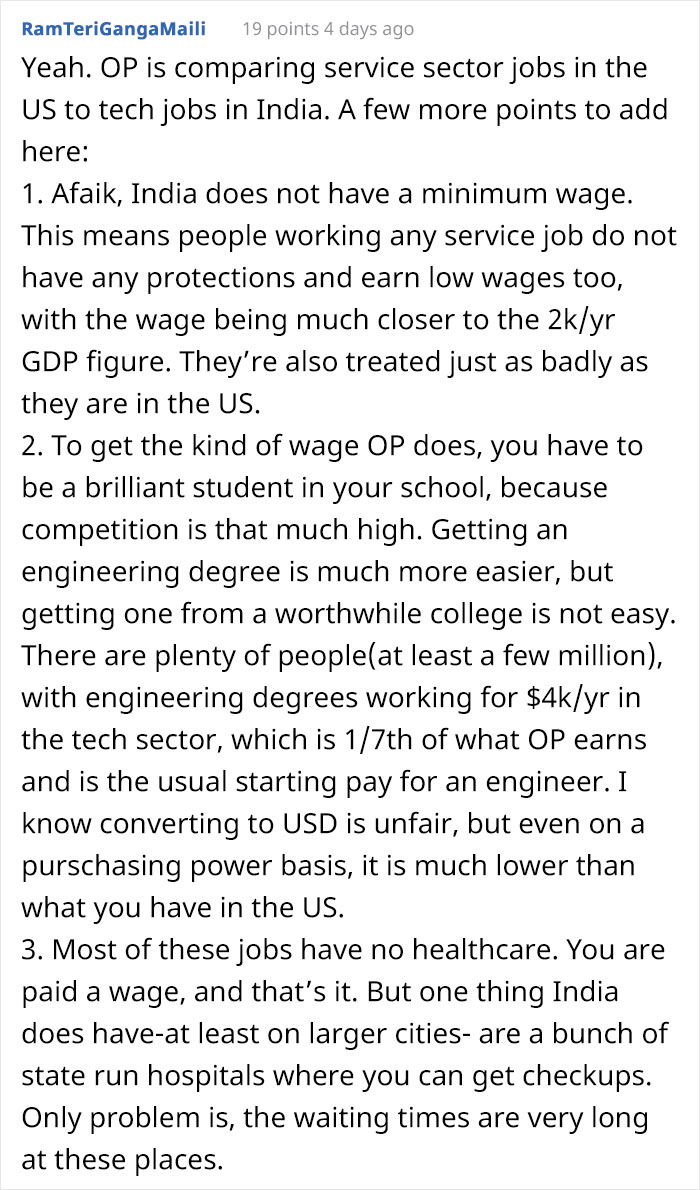
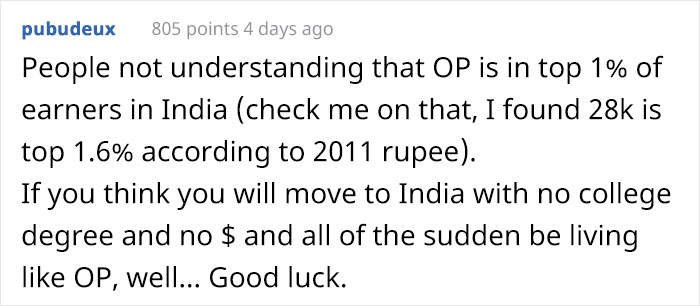












































79
94